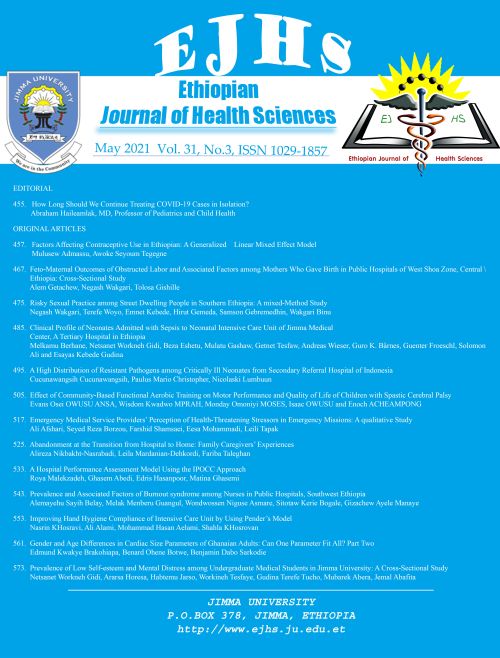Main Article Content
Improving Hand Hygiene Compliance of Intensive Care Unit by Using Pender’s Model
Abstract
BACKGROUND፡ Hand hygiene (HH) compliance is an effective behavior in controlling hospital-acquired infection because the hand is the main means of transmitting infections in patient-medical staff communication as well as the inanimate environment. This study aimed to explore the effect of applying Pender’s Health Promotion Model on the HH compliance of intensive care unit staff.
METHODS: This quasi-experimental study with a single research group was conducted from January to July in 2019. The required data were collected from 90 staff of the intensive care units of Imam Reza Hospital in Mashhad, Iran through 1796 and 2343 opportunity of monitoring before and after the intervention. The data collection instruments were a standard HH observation form and a researcher-made HH questionnaire in the light of Pender’s health promotion model. The data were statistically analyzed in SPSS using Paired-samples T-test and Chi-squared test.
RESULTS: The mean age of the 90 included participants was 35.92 (± 6.5) years and the mean length of their work experience was 10 (±1.5). The hand hygiene index rose from 23% before the intervention to 41.4% after the intervention (p=0.001). Moreover, statistically significant differences were found in moments after touching surroundings (p=0.001), before and after touching a patient (p=0.001), and also in perceived barriers (p=0.015), interpersonal influences (p=0.008) and situational influences (p<0.001).
CONCLUSION: Pender’s model showed to have improved the staff’s HH compliance as a professional behavior.






